Meal Replacement Shakes: Miracle Solution or Marketing Hype?
Australia & NZ Guide
Meal replacement shakes are everywhere - promising to save you time, help you lose weight, and keep you healthy on the go. But how effective are they? And what should you choose if you want something quick, nourishing, and satisfying?
Let's explore what meal replacement shkaes are, why they're so popular, and why we think there's a better way to fuel your body.

The History of Meal Replacement Shakes
Meal replacement shakes first rose to prominence in the 1960s, thanks to products like Metrecal. Originally designed for medical purposes, meal substitutes helped patients who were unable to consume solid foods due to various health conditions or surgeries. Their convenience and weight loss benefits quickly caught the attention of the broader public.
However, by the mid-1960s, the popularity of these shakes began to wane. Despite this, there have been several revivals over the years, including the launch of other meal replacement powders, ready-to-drink nutrition shakes, and meal substitute bars in the 1990s.
In the past decade, the meal replacement market has seen a resurgence, with both ready-made drink and powdered options gaining traction in markets like the US, UK, and Australia.
What Are Meal Replacement Shakes?
Meal replacement shakes are drinks designed to replace one or more meals per day. They’re typically made from a blend of protein, carbohydrates, fat, vitamins, and minerals — and sometimes marketed as “nutritionally complete” or “diet shakes.”
You’ll also hear them called:
- Diet replacement shakes
- Food substitute shakes
- Meal replacement milkshakes
- Meal supplement protein shakes
- Weight loss shakes
These shakes usually contain fewer calories than a standard meal (often 200–400 calories), with the idea that this helps with weight loss. They’re sold in both powdered form and ready-to-drink bottles.
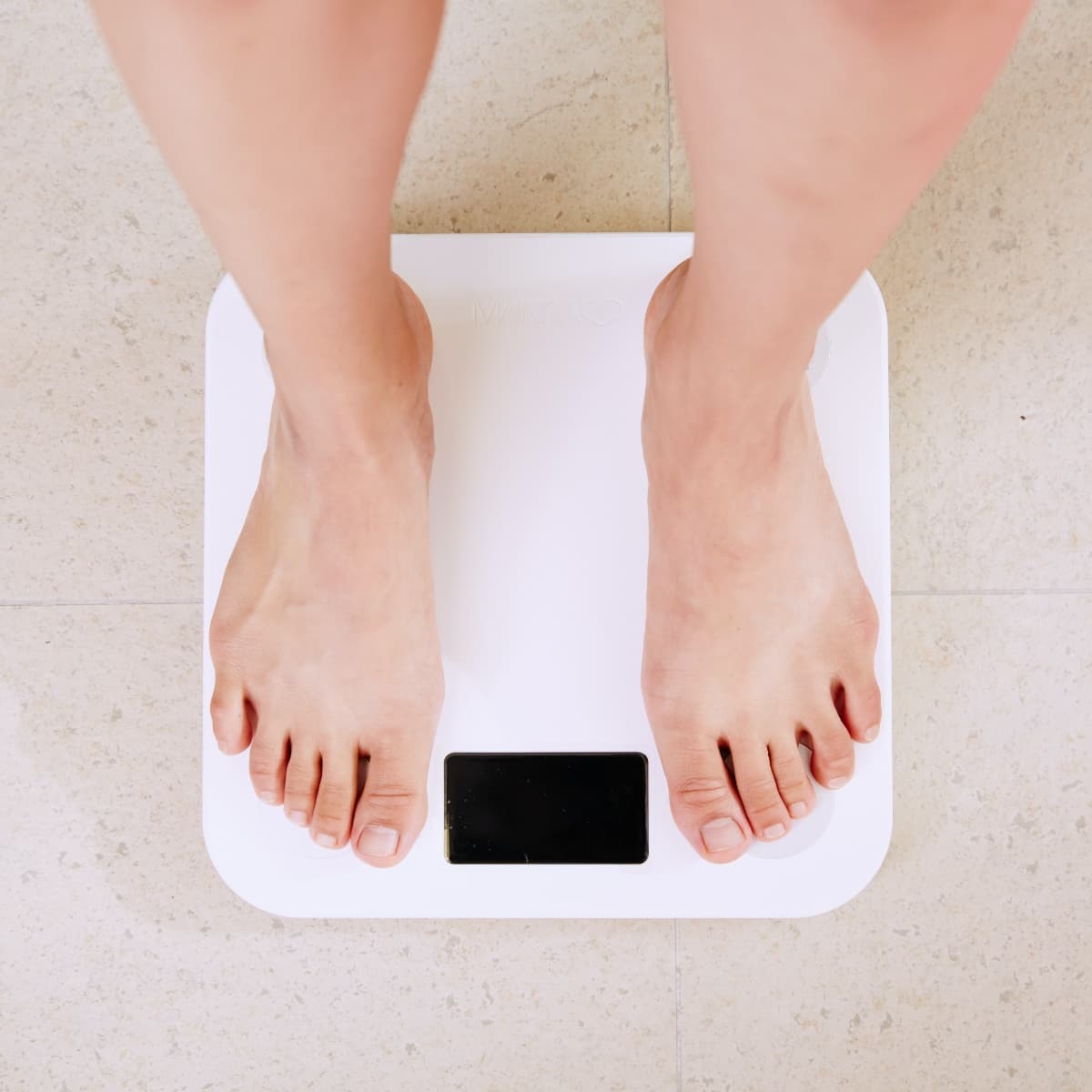
The Weight Loss Promise (and the Problem)
Many weight loss shakes claim you can lose weight simply by swapping out 1–2 meals per day for their product. And yes — you might see short-term weight loss because you’re cutting calories.
The problem?
- It’s not sustainable — most people regain weight when they go back to eating regular meals.
- You may feel hungry sooner — many shakes rely on high-GI carbs like maltodextrin, leading to quick blood sugar spikes and crashes.
- Nutrients in isolation aren’t the same as whole foods — the vitamins and minerals added to shakes aren’t always well absorbed without the right natural cofactors (like vitamin E with dietary fat).
Your time, money, and effort are better spent on creating long-lasting eating that leave you satisfied.
Meal Replacement Shake vs Protein Shake
| Protein Shake | Meal Replacement Shake | |
|---|---|---|
| General Purpose | Designed to boost daily protein intake to meet various goals (daily protein needs, satiety, recovery, muscle growth) |
Designed to replace an entire meal |
| Ingredients | Fewer ingredients - Roam Protein is made from five ingredients, including Canadian Golden Pea Protein Isolate |
Often 20+ ingredients and additives |
| Macronutrients | Primarily protein, low in carbohydrates, sugar and fat. |
Balanced macronutrients (protein, carbohydrates - mainly from ultra processed sources - and fat) |
| Usage | Easy to pair with whole foods for a complete meal |
Usually consumed alone |
A protein shake made from clean ingredients - like Roam Protein - can be transformed into a balanced, nutrient-rich meal by adding fruit, vegetables, and healthy fats. Or by simply adding it on as an 'extra' to a salad or sandwich.
This approach gives you the convenience of a shake without compromising on fibre, micronutrients, or satiety.
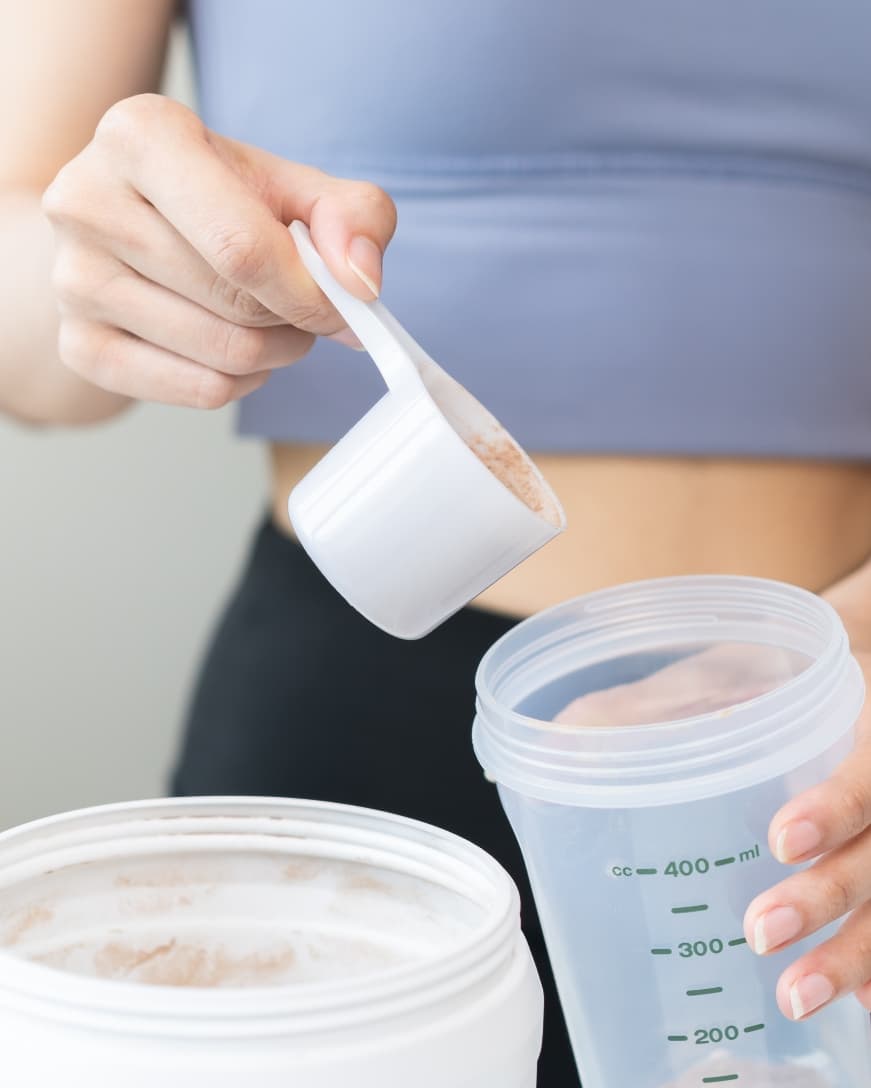
What do meal replacements do?
Whole foods provide more than just macros — they deliver fibre, antioxidants, phytonutrients, and a natural nutrient balance your body understands.
For example, blending Roam Protein with almond milk, a banana, berries, and a teaspoon or nut butter or seeds provides:
- 22g of plant-based protein
- Healthy fats for satiety
- Dietary fibre for digestion and stable energy
- Vitamins, minerals, and antioxidants from real food
This kind of shake functions as a better “meal replacement” than most commercial shakes — without the long ingredient list or the compromise.

Common Ingredients in Meal Replacement Shakes
Maltodextrin
Many leading meal replacement shakes use maltodextrin as their primary carbohydrate source. This ingredient is quickly processed by your body and has a high Glycemic Index (GI), which can lead to rapid spikes and subsequent crashes in blood sugar levels. This could make you feel hungry again soon after consumption and potentially lead to weight gain over time.
Thickening Agents, Vitamins and Minerals
Additionally, these shakes often contain multiple thickening agents, which may not be ideal for gut health. While the inclusion of 25 vitamins and minerals might sound impressive, it doesn't guarantee that your body will effectively absorb all these nutrients.
Are Meal Replacements Good For You?
While the idea of a nutritionally complete meal in a simple shake sounds appealing, there are drawbacks to skipping regular meals rich in vegetables and whole foods.
These meal replacement shakes do contain some fibre (6-7.5g per serving), but not all fibre is created equal. Whole foods like vegetables contain nutrients in proportions that work in harmony.
There are better alternatives. Our advice may not be sexy, but it's simple and effective. Focus on meals high in vegetables and lean protein. For moderate carbohydrate intake, options like pumpkin and squash are excellent.
Lower carbohydrate vegetables such as lettuce, spinach, broccoli, and cauliflower provide fibre and are rich in other essential nutrients. Aim
for 20-40 grams of protein in each meal to meet your protein needs, as calculated by our protein calculator.
The big takeaway? Don’t skimp on protein if you’re looking to lose weight, or feel full. Our 101 on Protein: Everything You Need To Know Guide has some handy
tips too.
Wholefood Alternatives For Busy Days
-
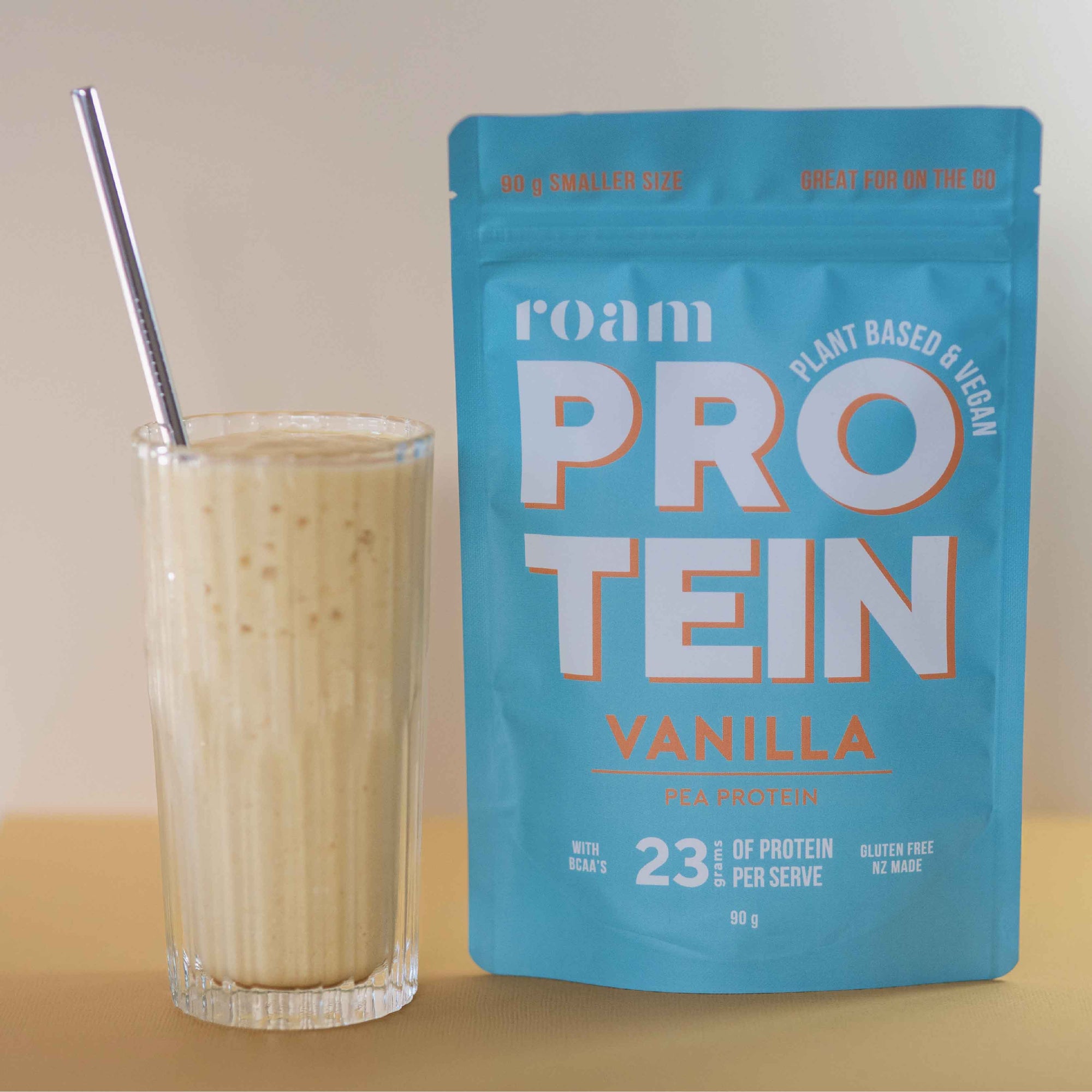
Protein Smoothie
Blend together a banana, a scoop of Roam Protein, a teaspoon of almond butter, and a cup of almond milk. Check out our recipes section for more inspiration.
-
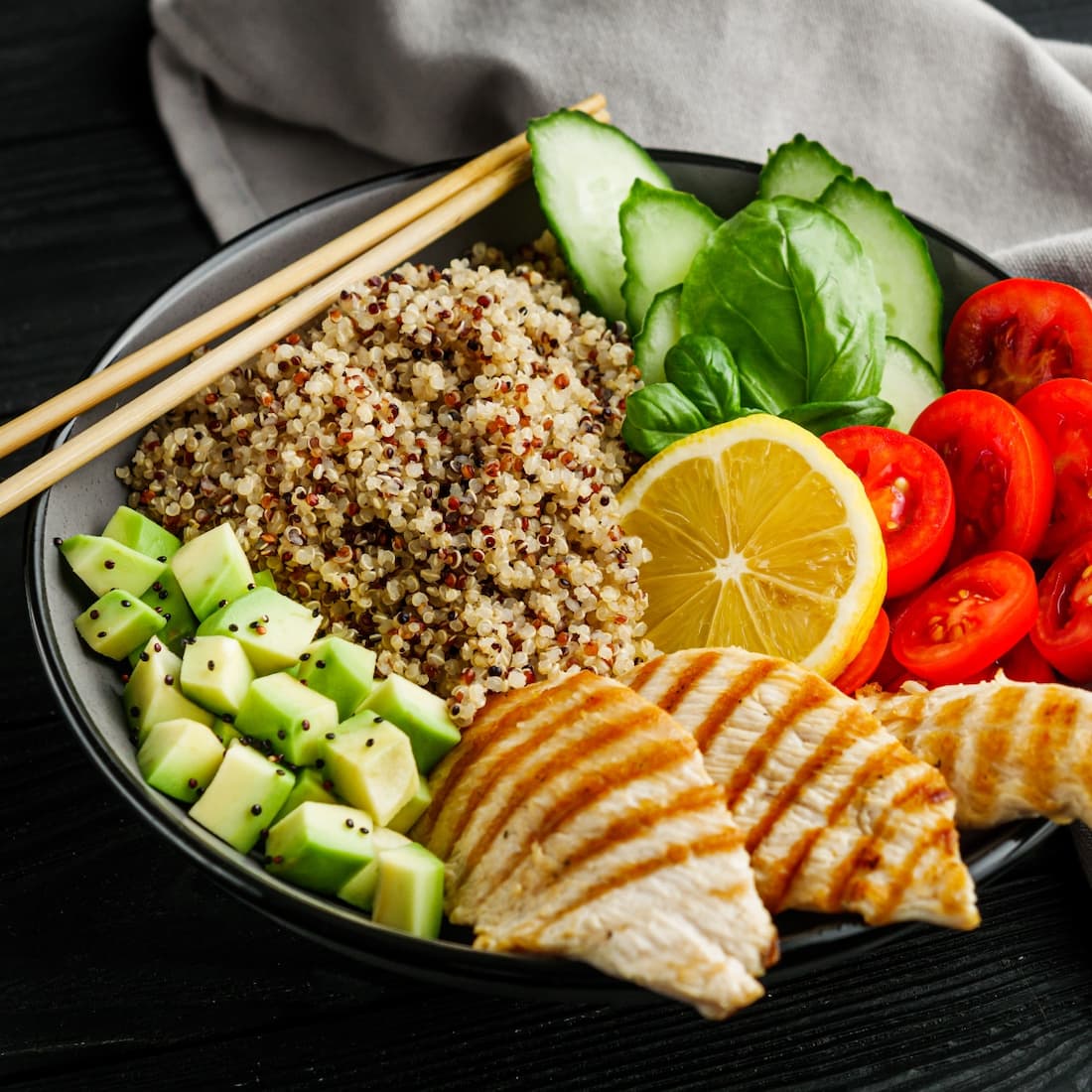
Quinoa Salad
Mix cooked quinoa with grilled chicken, 1/4 of an avocado, and a variety of veggies like spinach and cherry tomatoes.
-
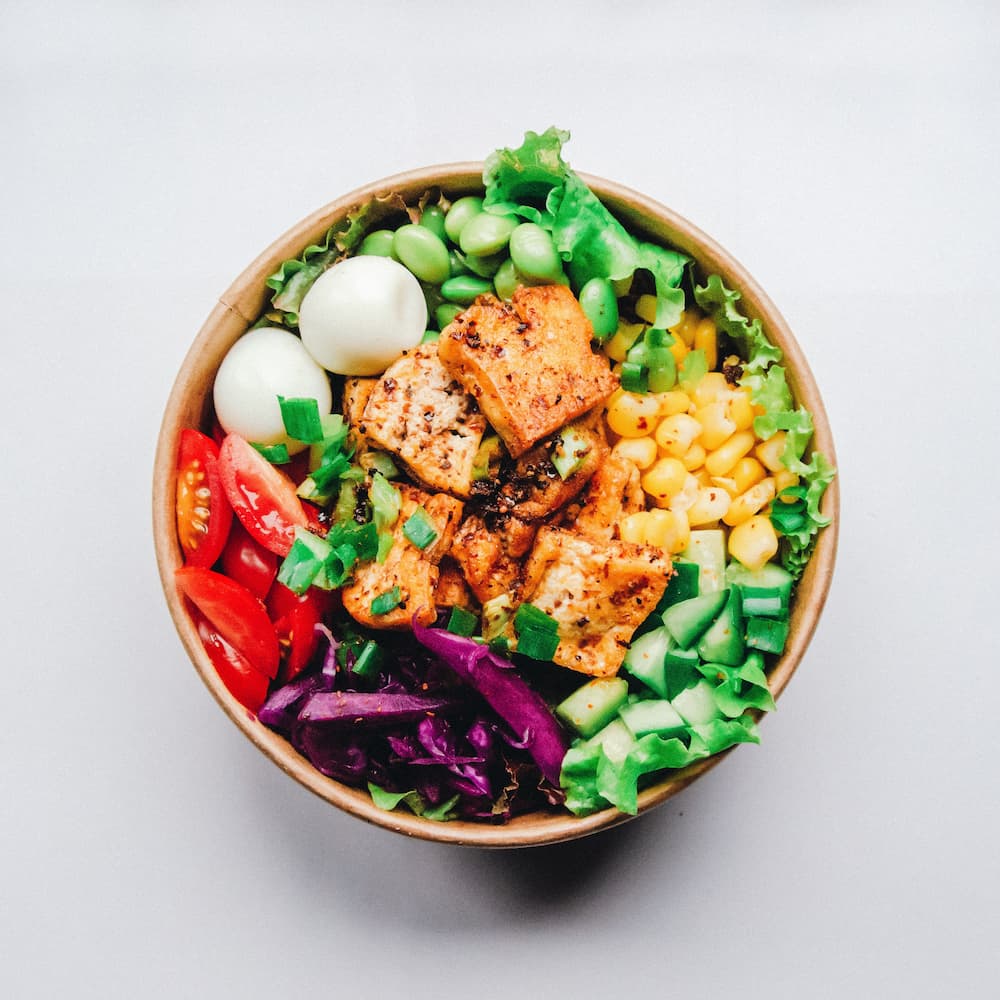
Tofu Stir Fry
For a vegan option, stir-fry tofu with veggies like bell peppers and broccoli, and serve it over a small portion of brown rice. The brown rice is richer in fibre than white rice.
FAQ
Yes, if you build it out with whole foods like fruit, vegetables, and a source of healthy fats to create a balanced nutrient profile.
They’re often the same thing marketed differently. Both are designed to replace meals and reduce calories, but diet shakes focus heavily on weight loss messaging.
They can work in the short term, but long-term success comes from sustainable eating habits, not meal replacements alone.
Occasionally, yes. But for everyday use, a whole-food smoothie made with protein powder is a better choice for nutrient density and satiety.
These wholefood options not only match the nutritional profile but also offer a range of nutrients that work together for better health.
If you find yourself hungry in the afternoon or needing a snack at morning tea, opt for something high in protein but low in sugar and fat. Roam Protein is an excellent choice here, offering more than 22g of protein per serve, made with just five ingredients. Mix it with water or milk for a satisfying, nutrient-dense snack or for post-workout recovery.
The Bottom Line On Meal Replacement Shakes
While meal replacement shakes might seem like a quick fix for those with busy lives, they shouldn't be the cornerstone of your diet. Often, they don't live up to their weight loss promises.
A more effective and sustainable strategy is to combine high-quality protein options, like Roam Protein, with a variety of nutrient-rich foods. This balanced approach not only supports weight management but also complements an active lifestyle, making it a win-win for your overall well-being.
Meet Your Daily Protein Needs
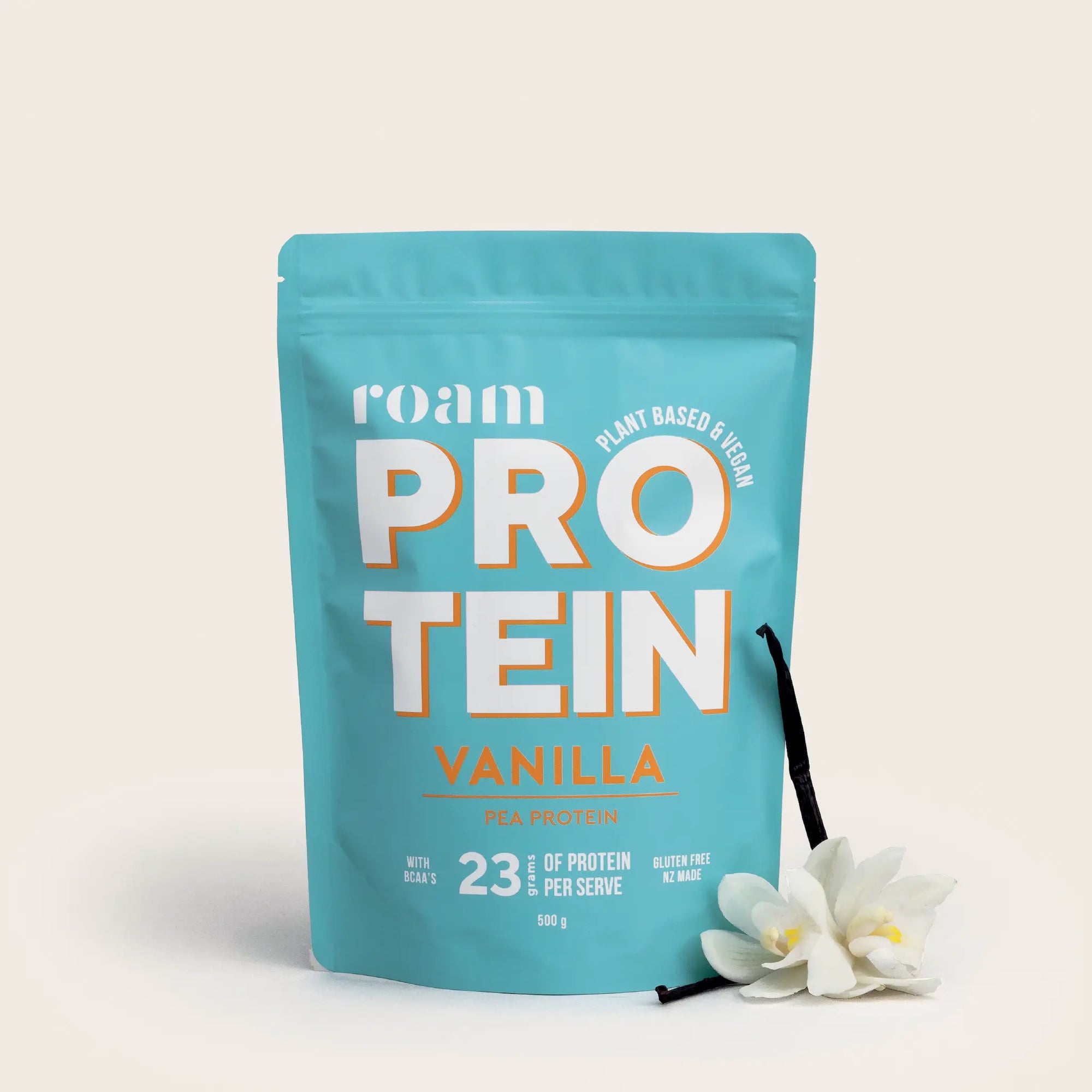
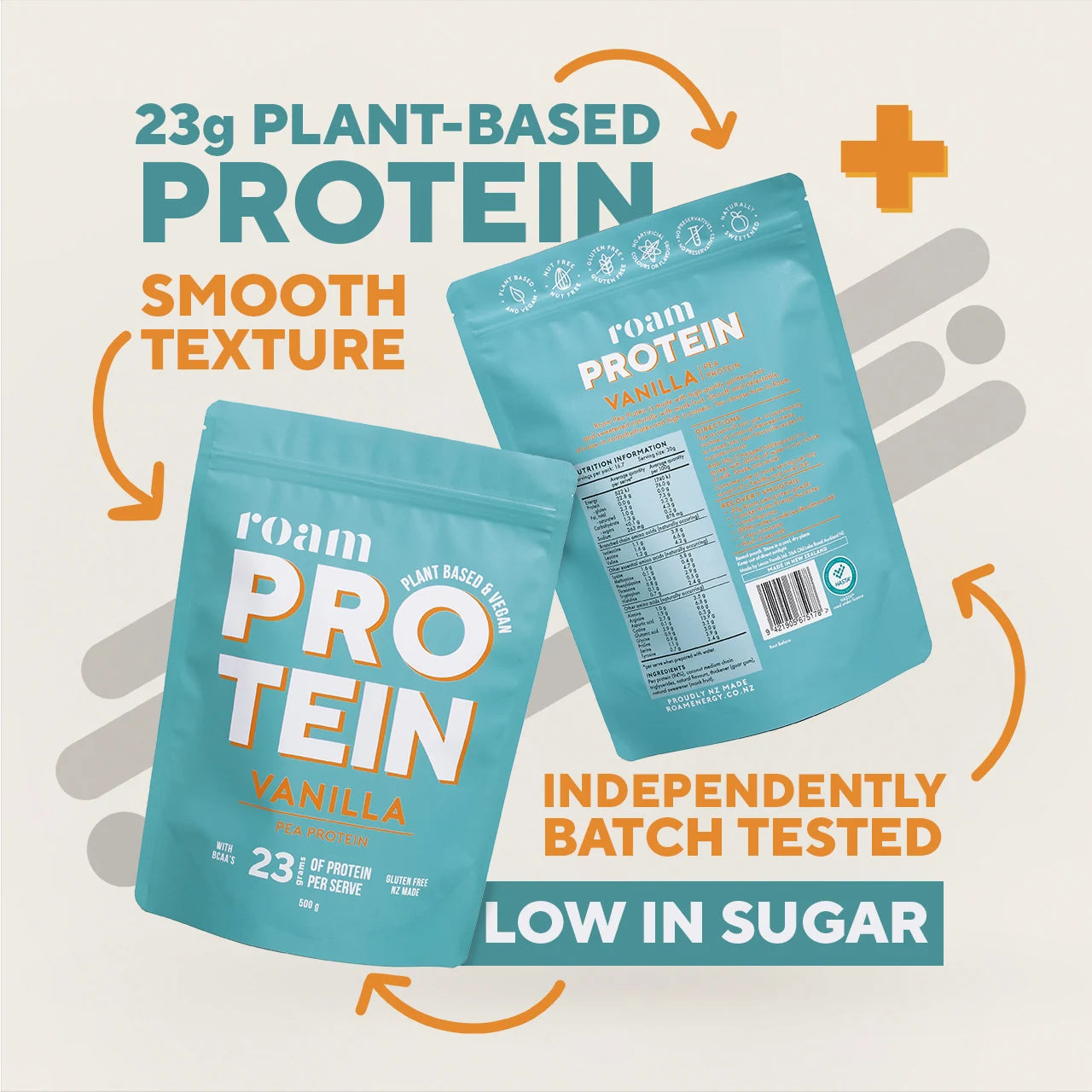
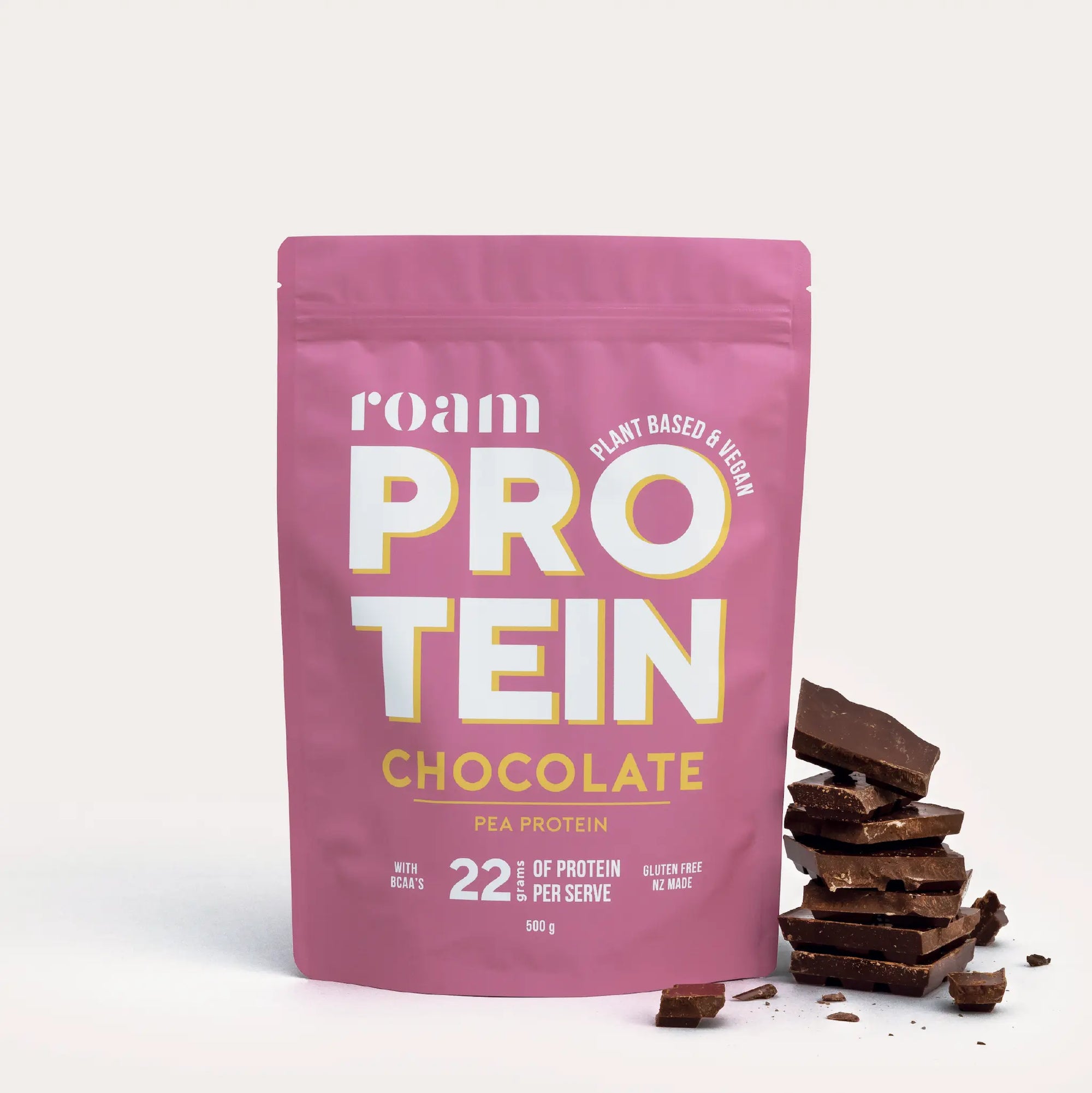
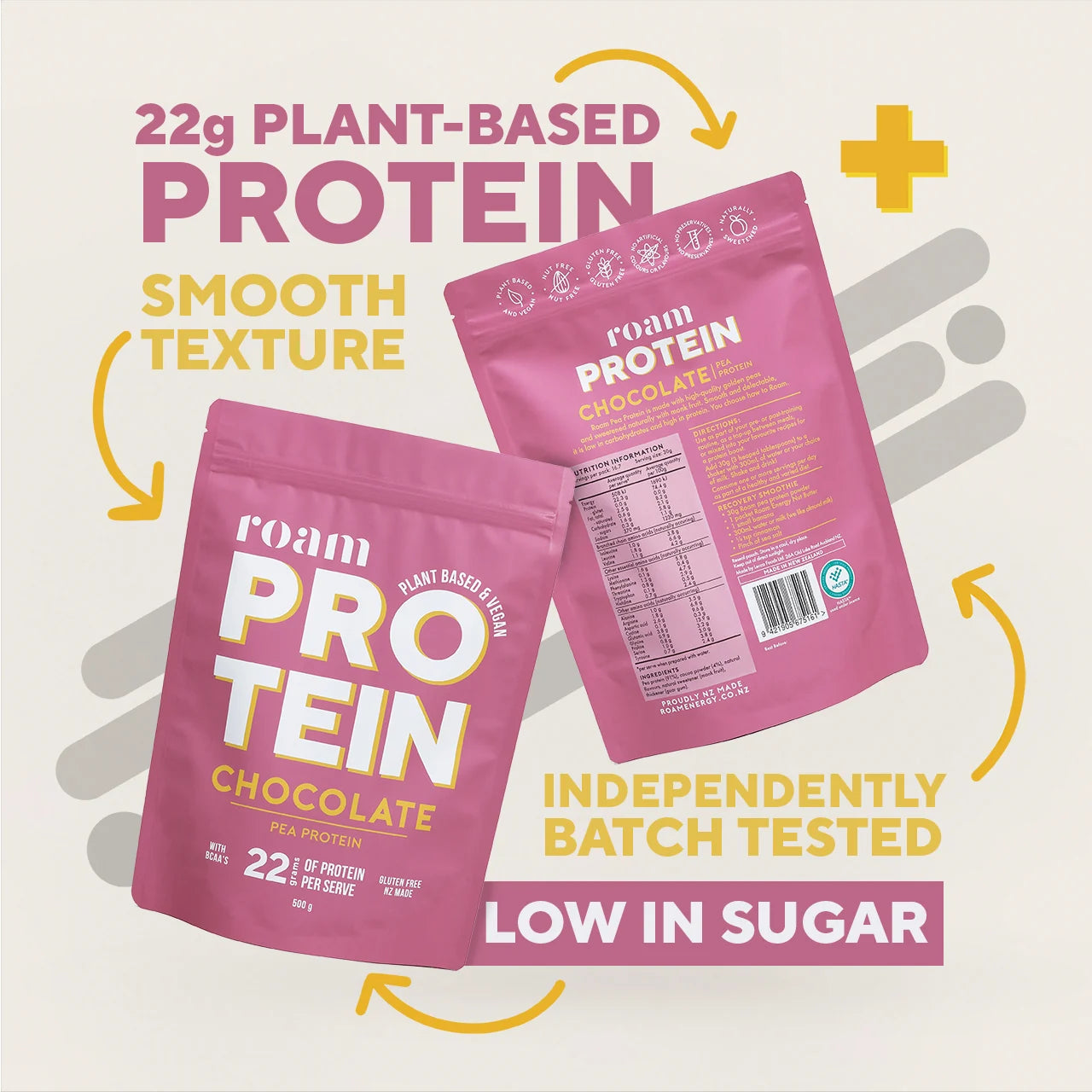
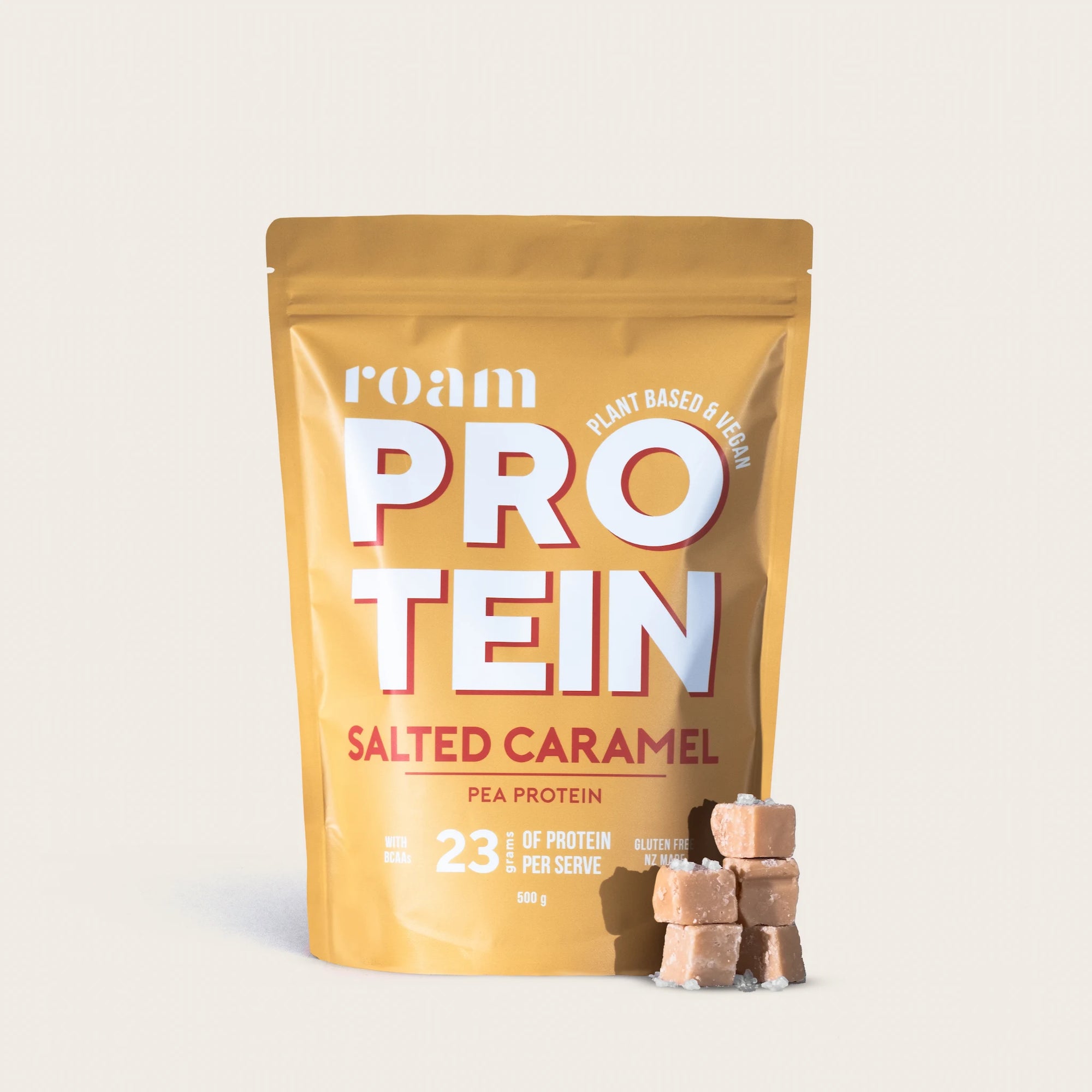
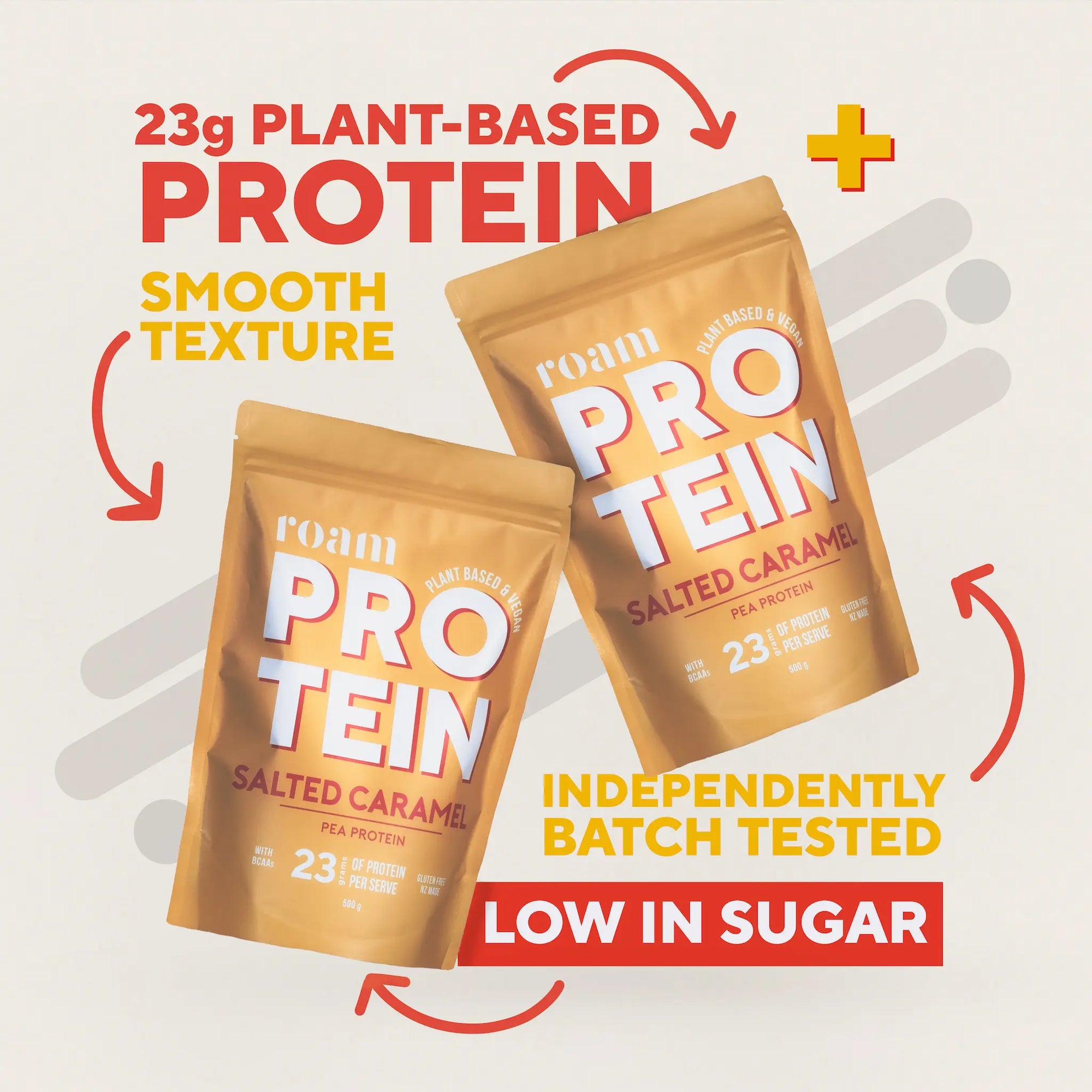

 Protein Variety Pack – 90g Protein (3 Flavours)
Protein Variety Pack – 90g Protein (3 Flavours)Protein Variety Pack – 90g Protein (3 Flavours)
Regular priceUnit price per$38.97 NZDSale price $35.00 NZD











